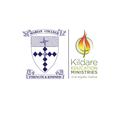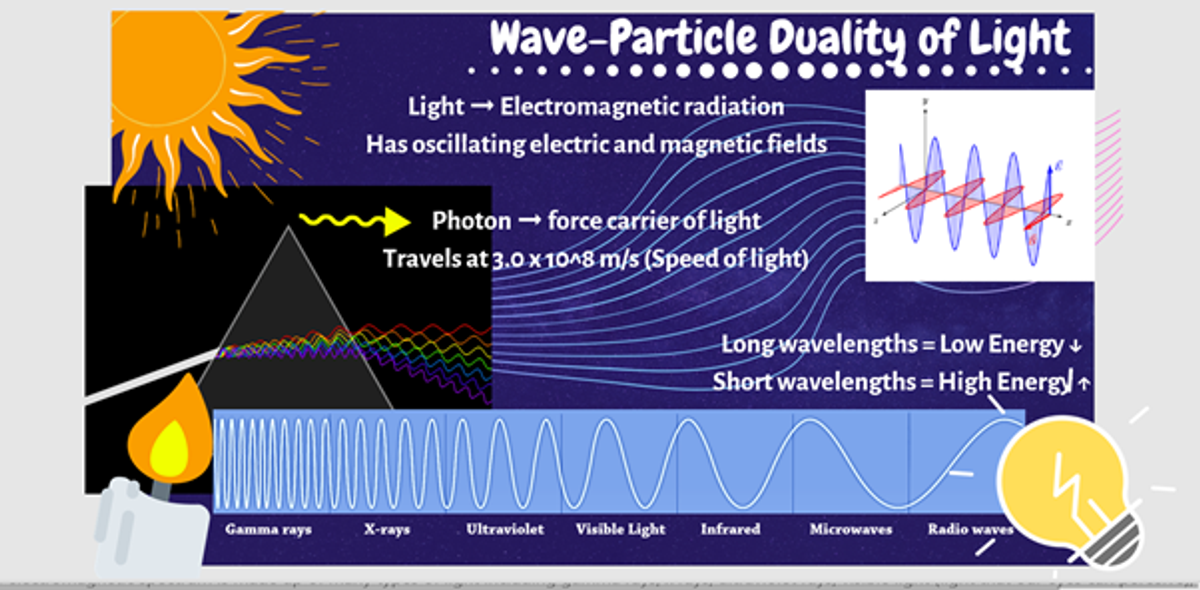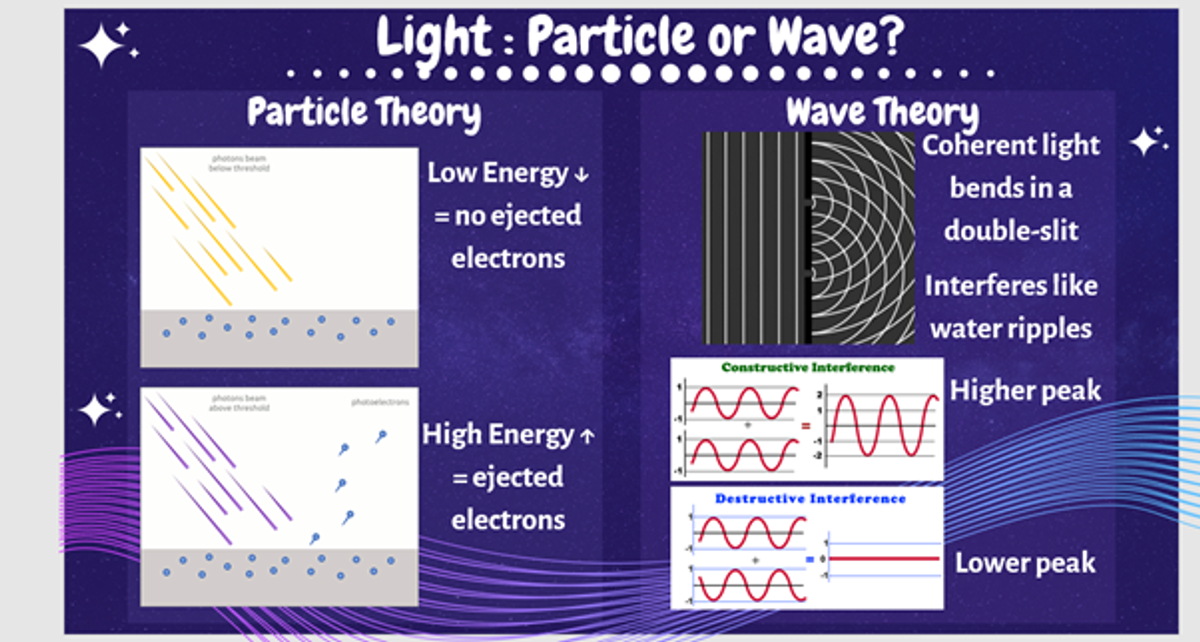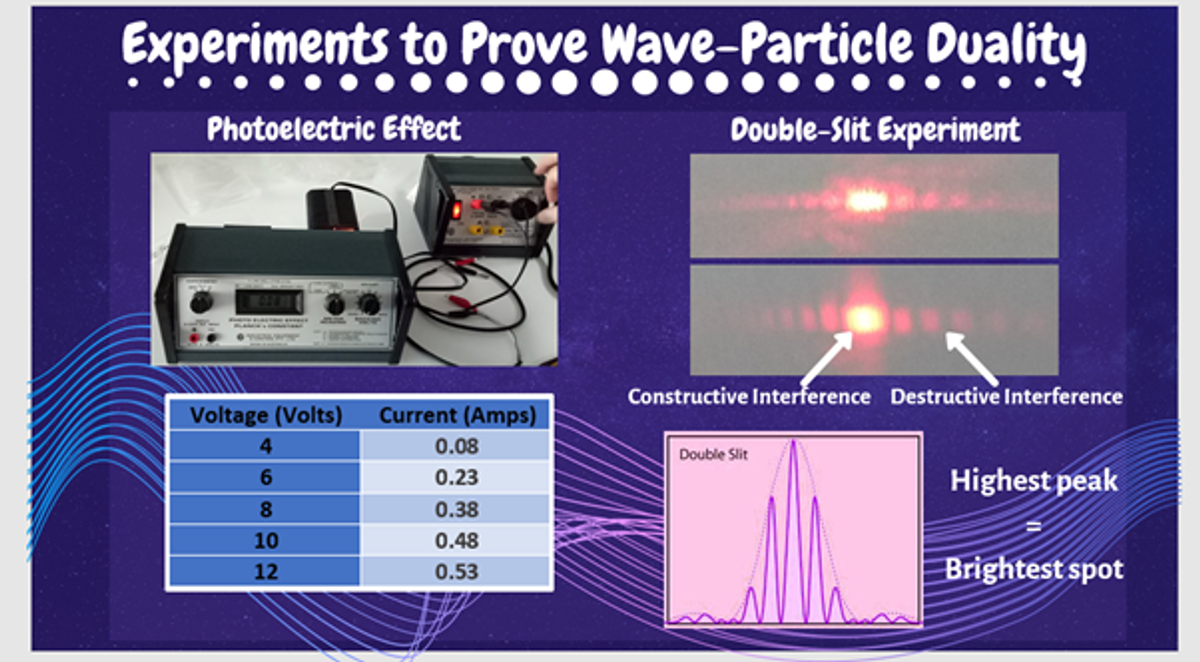Khoa Học và Toán Học

Curious Minds STEM eCamp: : Đại học Quốc gia Úc-Tháng 7 năm 2020
Trong ngày 5 và 7 tháng 7 năm 2020, Krishna và tôi tiếp tục hành trình Curious Minds bằng cách tham gia Winter eCamp. Trại Curious Minds là một chương trình quốc gia hỗ trợ và khuyến khích các đối tượng STEM cho các cô gái trên khắp nước Úc bằng cách đưa họ đến nội dung STEM thông qua các bài giảng của khách, thực hành và tương tác, thông qua hai trại dân cư tại Đại học Quốc gia Úc. Do đại dịch COVID-19, trại mùa đông đã được thực hiện từ xa.
Trại được tổ chức thông qua các nền tảng như Zoom và Microsoft Teams. Hành trình ba ngày của chúng tôi bắt đầu với các sự kiện xã hội với nhóm Curious Minds và các tương tác, nơi chúng tôi đào sâu vào các môn học STEM cốt lõi. Ngày trôi qua khi chúng tôi tiếp tục với một chuyến tham quan ảo với ASD (Australian Signals Directorate- Tổng cục Tín hiệu Úc), cơ quan chính phủ Úc chịu trách nhiệm về tình báo tín hiệu nước ngoài, hỗ trợ cho các hoạt động quân sự, chiến tranh mạng và bảo mật thông tin. Chúng tôi đã khám phá an ninh mạng và tìm hiểu làm thế nào tin tặc có thể phá mật khẩu thông qua các phương pháp khác nhau. Để kết thúc ngày thứ hai, chúng tôi được chia thành các nhóm để thiết kế một máy bay không người lái nguyên mẫu để cứu động vật hoang dã đang bị đe dọa.
Trong ngày thứ ba, chúng tôi đã có thể trình bày các dự án của mình cho những người tham gia và tương tác với các huấn luyện viên của chúng tôi. Có một loạt các chủ đề, từ việc chế tạo robot di chuyển bằng giọng nói đến cách sao Hỏa có thể bị đô hộ. Đó là một kinh nghiệm cung cấp nhiều thông tin và thú vị, nơi chúng tôi đã học được nhiều chủ đề và sở thích của bạn bè. Để kết thúc một ngày, một Kahoot đã được tổ chức trên khắp nước Úc! Được chia thành các đội, tất cả chúng tôi đều hướng đến việc đứng trên bục giảng. Mặc dù trại được ba ngày, nhưng dường như nó đã trôi qua trong chớp mắt. Tất cả những người tham gia đang giữ liên lạc và háo hức chờ đợi để gặp lại nhau. Thông qua trại này, niềm đam mê và sự quan tâm của tôi đối với STEM đã tăng lên và mở rộng kiến thức của tôi về nó nhiều hơn nữa.
I would recommend this camp to anyone interested in having an experience filled with knowledge, fun, meeting like-minded people and increasing their passion for STEM.
I would also like to thank the many people involved in making this experience a wonderful one including Ms Matejin, Australian Science Innovations, the Toyota Community Trust and The Australian National University.
Aishwarya Lakshmi (Year 11)
Below is Aishwarya’s presentation at the eCamp:
Hi, my name is Aishwarya. The topic chosen for my research was the wave-particle duality of light. This is a quantum theory that suggests that light or electromagnetic waves act as both a particle and a wave. How is that possible? Lets go ahead to find out...
Light is a type of electromagnetic radiation that consists of electric and magnetic fields moving perpendicular or at right angles to each other. A photon is the force carrier of light that has been proved and studied by many physicists. Photons travel at the speed of 3.0 x 10^8 metres per second.
The electromagnetic spectrum is made up of many types of light including gamma rays, x rays, ultraviolet rays, visible light (light that our eyes can perceive), infrared, microwaves and radio waves. Longer wavelengths (to the right) have lesser energy compared to shorter wavelengths (on the left).
Krishna Aguinaldo
During the July school holidays, Aishwarya and I participated in the second half of the Curious Minds program. We were to go to Canberra for the winter camp, but due to the Coronavirus, we did an online camp instead, which is quite unfortunate since we were looking forward to seeing everyone again.
For 3 days, we participated in activities in small groups called supercharges, which focuses on STEM-related subjects such as Engineering, IT, and Earth and Environmental Science. Each supercharge had different activities that expanded my knowledge and increased my interests on a certain subject. The supercharges I did were quite fun, especially the IT and Physics ones.
We also had some activities as a cohort. The first activity we did was designing a drone as a team. Within a team, we were divided into smaller teams responsible for designing a system for a drone. Overall, it was quite fun, and I learnt that communication and problem solving are key skills every engineer and scientist needs. The second activity, which focused on cybersecurity, involved retrieving commonly used passwords using brute force, mask attack and dictionary attack. We met people who worked at the Australian Signals Directorate for this activity. Cracking passwords was quite fun and informative. Just a suggestion, longer passwords are better, and do not use any common passwords, or else hackers can easily get them.
Another part of the Curious Minds Program is the STEM coaching program, which spanned from December (2019) to July (2020). We had to work on a project on a topic we were interested in. My project was researching artificial intelligence. I learnt that artificial intelligence is best described when a machine displays human intelligence, which includes logic, understanding and self-awareness.
We had to present our project in small groups. The presentations were informative and some were really engaging to watch. One thing I learnt from the presentations was that a genome editing tool called CRISPR-Cas9 was used to try and eradicate mosquitoes to prevent malaria from spreading.
The program was really fun and interesting. It helped me think about which future career I would be involved in, such as being an artificial intelligence engineer or a software engineer. I highly recommend that everyone studies a STEM subject at school, because it is so interesting to learn about the world and then be able to apply that knowledge to real-life problems.
Krishna Aguinaldo (Year 11)
Suzanne Matejin (Science and Maths Learning Leader)



